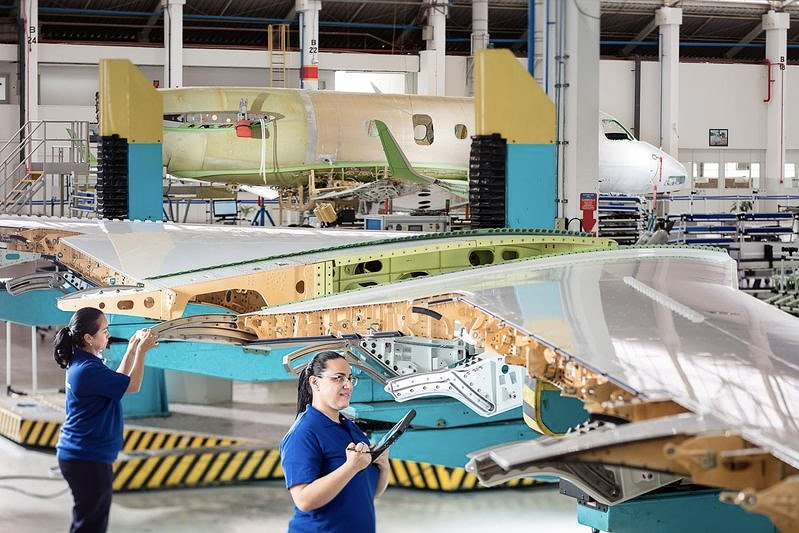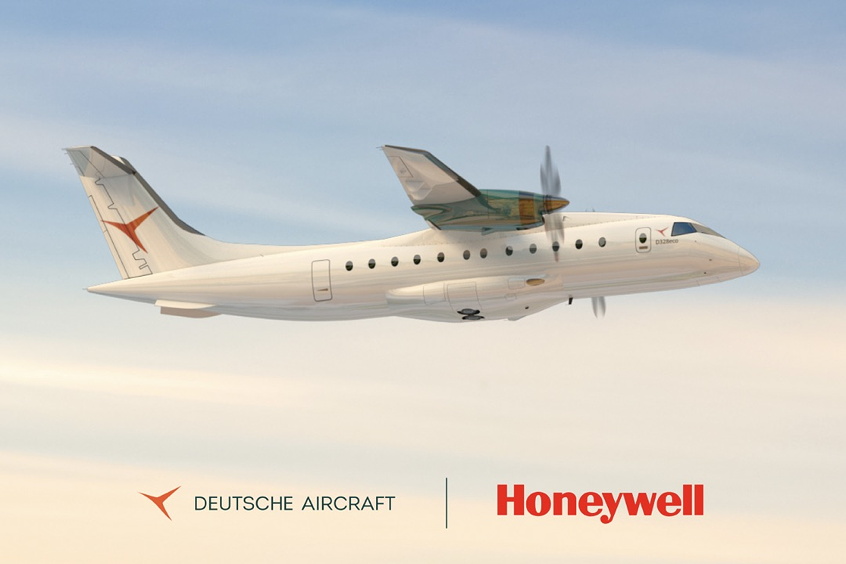The German Aerospace Center has successfully conducted static vibration tests on the VoloCity air taxi from the German company Volocopter. Tests were carried out on behalf of Volocopter to further improve the safety and efficiency of its air taxi.
The VoloCity model features a unique design with 18 electric motors arranged in a circular elastic ring. "This distinctive feature poses a major challenge for the taxi’s aeroelastic vibration behaviour," explains Keith Soal, from the DLR Institute of Aeroelasticity in Göttingen. During the vibration test, key structural behaviours were identified. These dynamic properties can now be incorporated into the air taxi’s flight control system, allowing for its better handling during specific flight manoeuvres.
During the one-week vibration test in Bruchsal, the fully assembled aircraft structure was made to vibrate. To do this, the aircraft was suspended from soft rubber ropes with 210 acceleration sensors that gathered data on the structure's behaviour as if in flight. DLR scientists in Göttingen analysed the results in real-time and provided immediate feedback to Volocopter. This test is a critical step towards obtaining flight certification for the VoloCity.
"The ground vibration test has determined the dynamic properties of the VoloCity and confirmed the model predictions – an important milestone that brings us closer to certification," says Hugo Nunes, Aircraft Dynamics Manager at Volocopter.
An aeroelastic vibration test is a method used to analyse the structural resonances of an aircraft under various loads. These tests are vital for identifying potential issues with vibrations and oscillations early on, ensuring the aircraft meets rigorous safety and performance standards.
Aeroelasticity, a specialised field within aerospace engineering, examines the interaction between aerodynamic forces and the elastic vibrations of a structure. The field is particularly relevant in aviation – affecting aeroplanes, helicopters, drones and air taxis – but also when it comes to wind energy, where the aeroelastic interactions of rotor blades and entire wind turbines are similarly analysed. Ensuring the stability, controllability and structural integrity of these systems is of paramount importance, and the DLR Institute of Aeroelasticity in Göttingen is recognised as a European leader in vibration testing for aircraft and wind turbines.
The Göttingen-based institute previously conducted a vibration test on a predecessor model of the VoloCity in 2021. The findings from that test have informed the development of this improved successor model.
| Contact details from our directory: | |
| DLR - German Aerospace Center | Airframer, Composite Design Consultants, Flight Simulators, Fuel Cells, Instrument Landing Systems, Prototyping, Research/Consulting Services, Testing Services, Vibration Testing |
| Volocopter GmbH | Airframer |
| Related aircraft programs: |
| Volocopter VoloCity |
| Related directory sectors: |
| Test Services |
Weekly news by email:
See the latest Bulletin, and sign up free‑of‑charge for future editions.
IAI North America selects three startups for accelerator program

Embraer launches program for supply chain efficiency

Honeywell's HF radio system earns a place aboard the D328eco
GE Aerospace demonstrates hybrid electric propulsion for U.S. Army